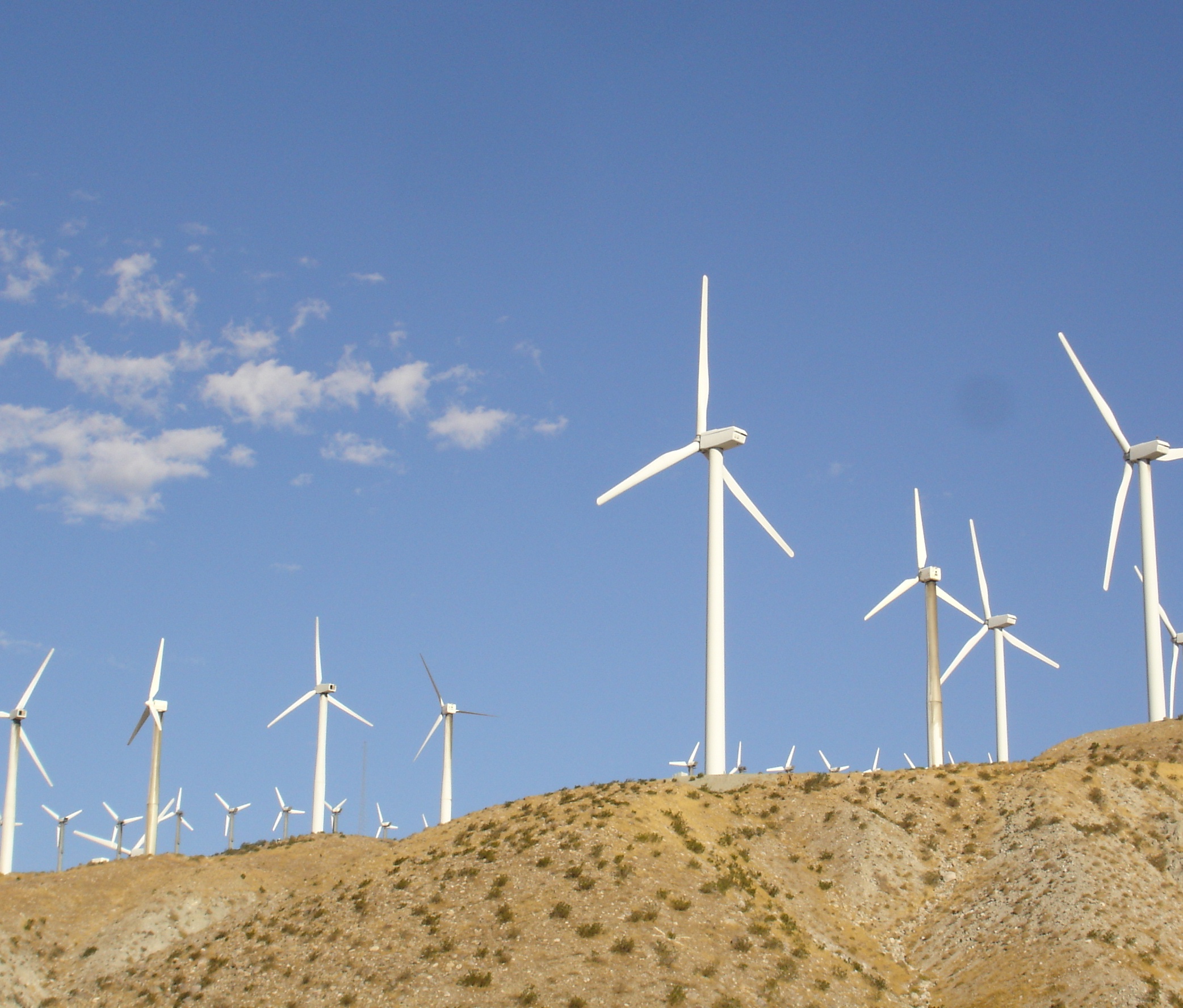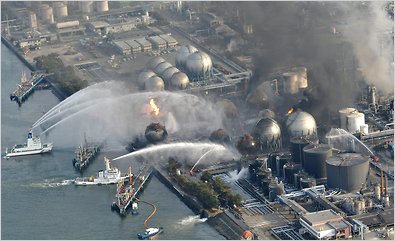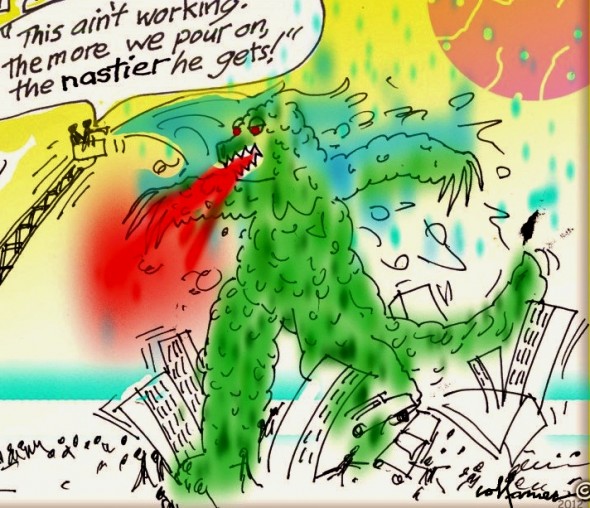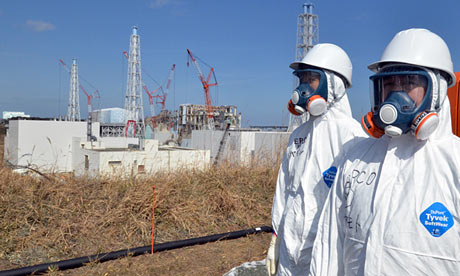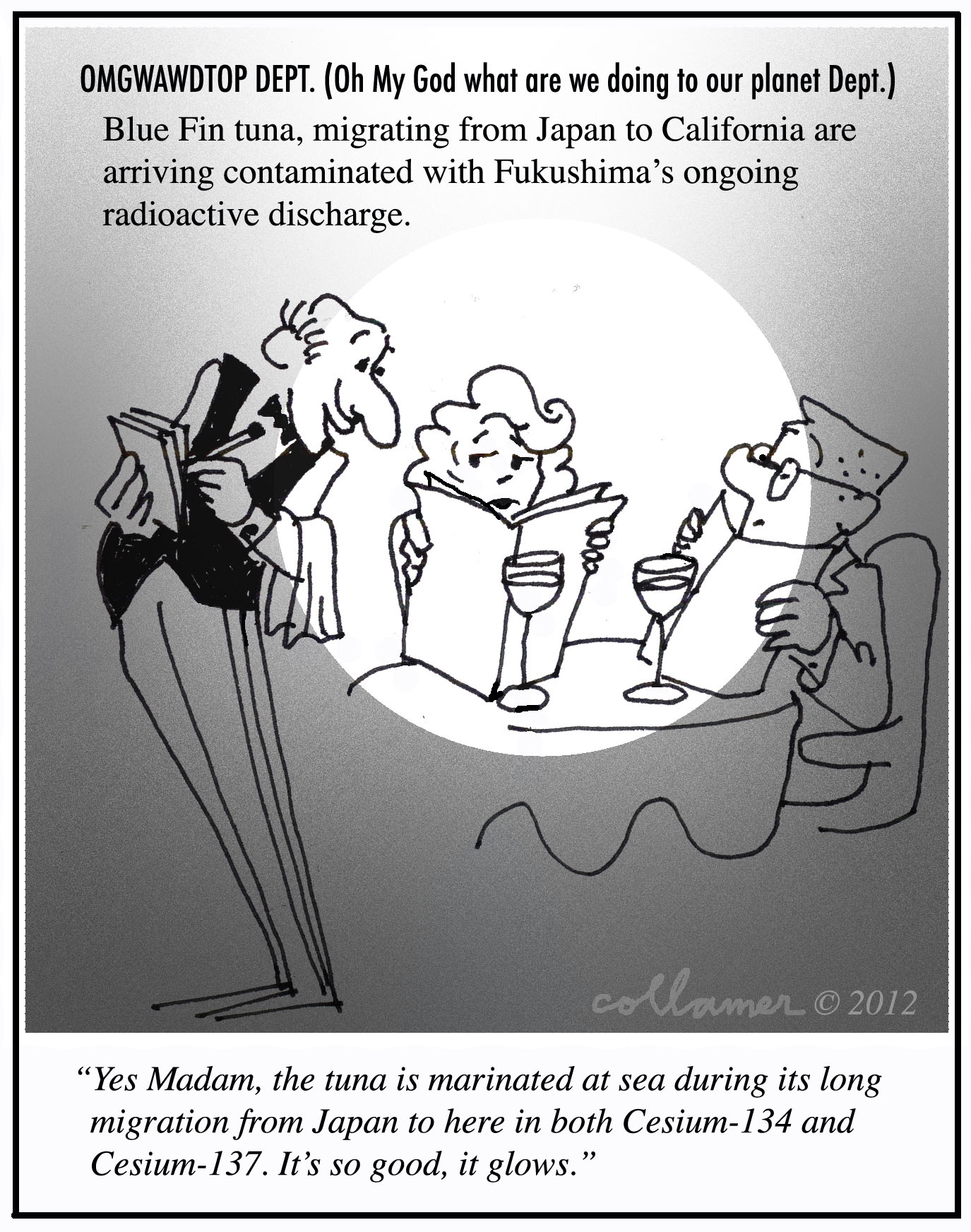“Utilizing new technologies, we will freeze the 100-square miles surrounding the devastated plant, surgically remove it, towing it by barge to the Arctic where it will remain frozen, rendering it harmless. Comments regarding global warming will be addressed in a private conference at a later date.”
Tag: Fukushima-Daiichi Nuclear Plant
Clean Energy Possibilities, Amory Lovins Interviewed By Arnie Gunderson
Arnie Gunderson of Fairewinds interviews Amory Lovins, preeminent environmental thinker and co-founder of the Rocky Mountain Institute. With forty years of energy policy experience, Amory Lovins has dedicated himself to the idea that our energy future does not have to look like our energy past. Listen in as Arnie and Amory discuss transitioning towards a clean energy economy in the US and around the world.
Nuclear: Vermont Yankee to Close, 22 Fukushimas Still Threaten US
The Vermont Yankee nuclear reactor, one of the oldest nuclear plants in the country and the subject of heated battles over the decades, will close late next year. This would leave the US with 99 operating reactors. Four reactors in Georgia and South Carolina are under construction, and the Tennessee Valley Authority is finishing a fifth in Tennessee. But the industry is in a period of rapid decline.
Fukushima Meltdown: Flush the Radiated Mess into the Pacific
Almost two and a half years after the nuclear meltdowns at Fukushima, the head of Japan’s Nuclear Regulatory Authority (NRA) raised concern on August 5 about the continued flow of radioactive water from the plant going into the Pacific Ocean, telling Reuters, “Right now we have a state of emergency.” Hmm, yes, sounds about right.
Fukushima Radiation Hitting the Streets of LA and Beyond – Dr. Mark Sircus
Right after Chernobyl blew its top, Edward Teller said on the ABC Evening News in late April 1986, “The chances of a real calamity at a nuclear power station are infinitesimally small. But should it happen, the consequences are impossible to imagine.” Now after Japan’s Fukushima disaster, radiation continues to spread across the Pacific to North America with unimaginable consequences.
Fukushima Update: Hot Japanese Bluefin Tuna, Served Glowing
“Yes, Madam, the tuna is marinated at sea during its long migration from Japan to here in both Cesium-134 and Cesium-137. It’s so good, it glows.”
China Syndrome Redux or Godzilla Lives? By Jerry Collamer
Update from Fukushima: cooling water pours in, instantly drains out highly radiated, through unknown openings, workers can’t locate, due to extreme radioactivity, as more quakes persist. Could things get worse? Seems so.


